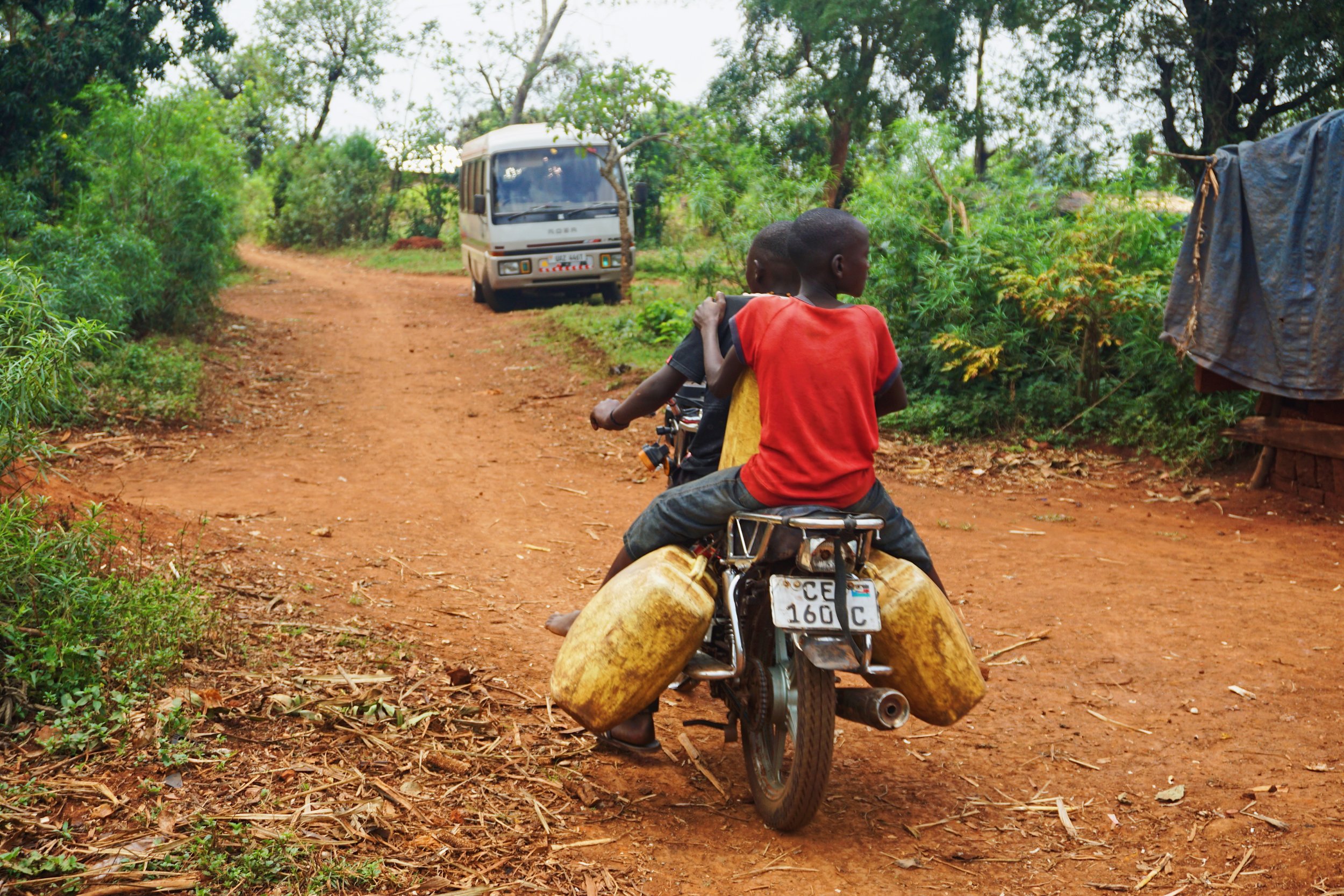Articles and Reports
World Bank Reporting from Sub-Saharan Africa
Progress made through PBC in Liberia in the post-conflict period is a reason for optimism. This article highlights the overall design of schemes and lessons learned.
Sudan has some of the worst health indicators in the world. Malnutrition is widespread, vaccination rates are low…..
In 2003, the Government of Uganda launched a pilot performance-based contracting scheme designed to improve the quality of and access to health…..
Evidence from Rwanda on the impact of results-based financing for health.
I was walking through a park one afternoon when I happened upon two boys careening wildly through the air on a seesaw. Theirs was a world of alternating motion…..
I was walking through a park one afternoon when I happened upon two boys careening wildly through the air on a seesaw. Theirs was a world of alternating motion, of two poles vying for ascendancy. Which makes it very much like our own world, the world of global health and development.
Technical Reports for USAID
This report reviews the experience of five countries—Ghana, Kenya, Nigeria, Uganda and Zambia—with the Global Fund New Funding Model (NFM).
Pay for performance (P4P), consisting of bonuses to health facilities linked to attainment of performance targets, is being implemented in the United Republic of Tanzania with the goal of improving maternal and child health outcomes…..
With Lessons from Burundi, Indonesia, and Mexico. USAID Health Systems 20/20 Project. August 2012
Performance-based incentives (PBI) are or will soon be incorporated into health systems in at least 20 African countries, often driven by a desire to accelerate progress toward achieving…..
This report analyzes a performance-based incentive (PBI) pilot that was folded into an AusAID-funded project in the Indonesian province of Aceh. It is based on semi-structured interviews with stakeholders involved in various capacities with the program.
Lessons from Burundi, Kenya, and Liberia.
News stories for UC San Diego School of Medicine
You’re familiar with the data on gender inequities in surgery—women dominate, especially in leadership positions. And then there are the issues of pay gaps, voice, even harassment.
All over the world, health prospects for the poor are improving. Between 1990 and 2010, maternal deaths declined by nearly 50% worldwide; polio has nearly been eradicated; 17 million people were receiving antiretroviral therapy by the end of 2015; and the tuberculosis death rate dropped 47% between 1990 and 2015
On May 3, 2017, UC San Diego’s Department of Surgery hosted its 6th Annual Research Symposium in Surgical Sciences, an event that brings together the Department’s faculty, scientists, residents, research fellows, post-doctoral scholars, and medical students to present the latest in cutting edge research.
On Saturday June 17, 2017, His Holiness the 14th Dalai Lama of Tibet toured UC San Diego's Center for the Future of Surgery (CFS) and Simulation Training Center, where he observed an array of low- and high-tech demonstrations of surgical devices ranging from laparoscopic to robotic surgery.
Few cancers are as lethal as pancreatic cancer. In 2016, pancreatic cancer became the third leading cause of cancer death in the United States, surpassing even breast cancer. By 2030, it is predicted to be the second leading cause of cancer death, behind only lung cancer.
For decades, health systems and physician practice groups in the United States have tended to employ variations on one of two basic models for compensating physicians: a salary paid largely irrespective of clinical volumes, or a modest base salary plus a significant percentage of fee-for-service (FFS) revenues associated with each clinical encounter.
There are more than 100,000 people on the waitlist for a kidney in the United States—20,000 in California alone—and only about 10,000 deceased donors per year. In California, a patient with blood type O or B will wait 10-15 years for a kidney transplant.
Has there ever been a time when issues of gender privilege and sexual harassment have faced such prolonged public scrutiny?




















